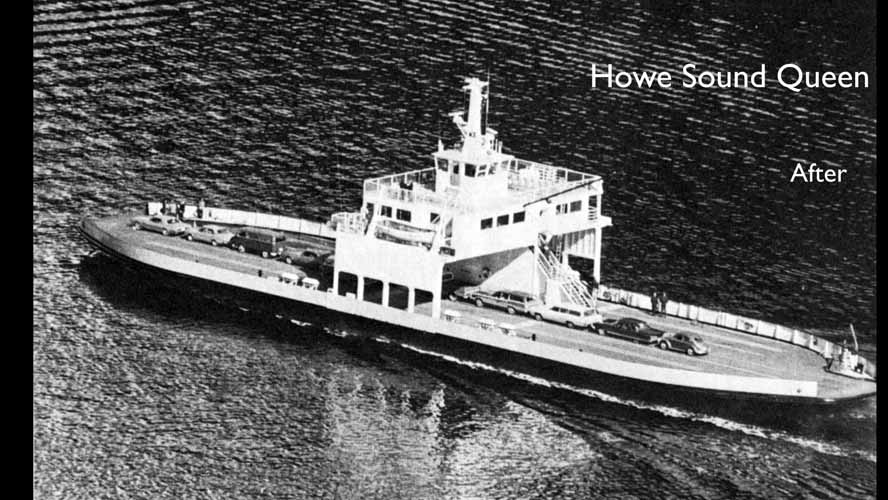
| Accession Number | a presentation to the Historical Society at Central Hall | ||
| Date | April 13, 2016 | ||
| Media | digital recording | Audio | mp3 √ |
| ID | duration | 64 min |

 ferries002.jpg
ferries002.jpg
 ferries003.jpg
ferries003.jpg
 ferries004.jpg
ferries004.jpg
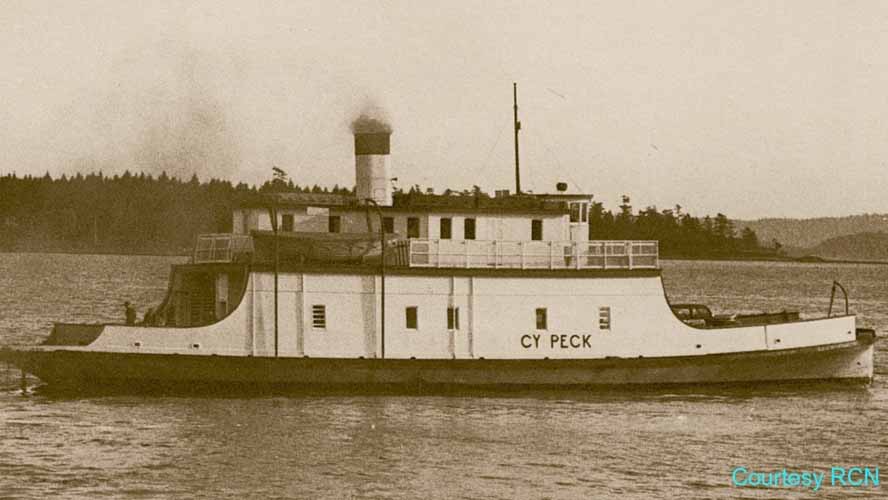 ferries005.jpg
ferries005.jpg
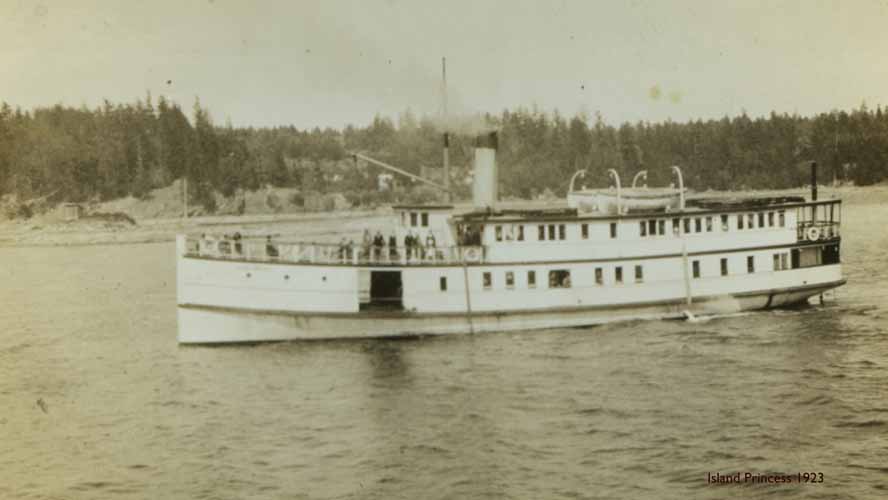 ferries006.jpg
ferries006.jpg
 ferries007.jpg
ferries007.jpg
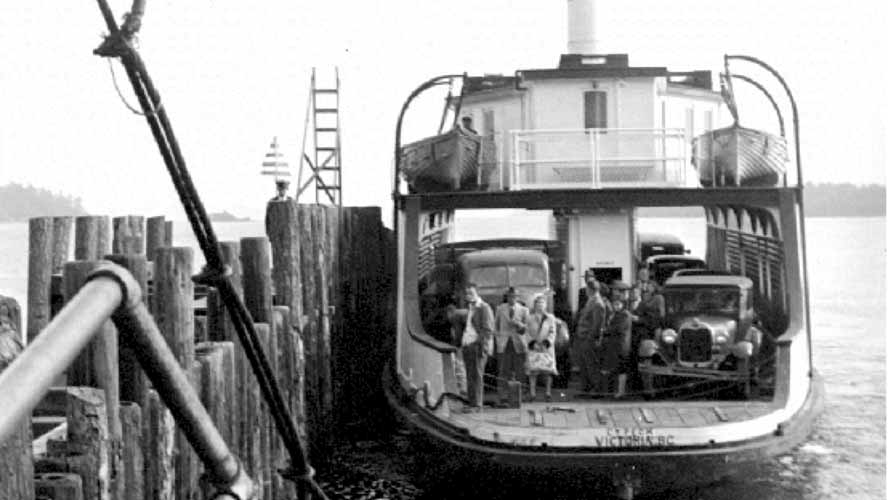 ferries008.jpg
ferries008.jpg
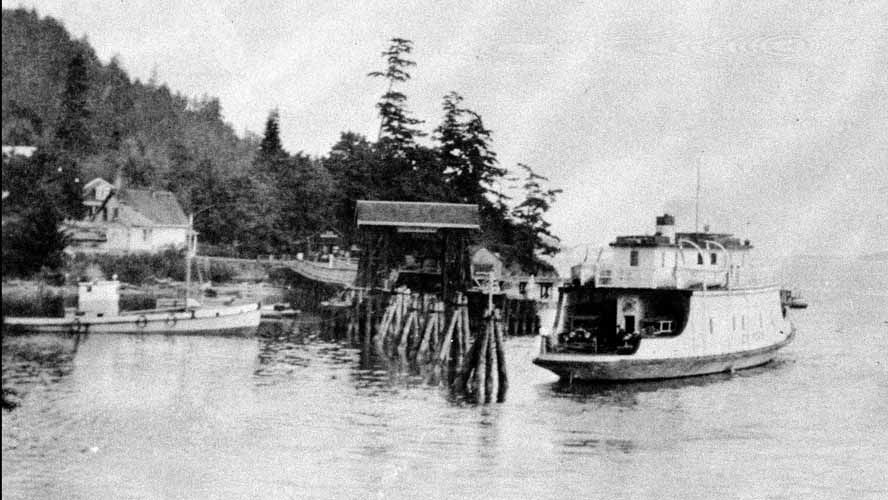 ferries009.jpg
ferries009.jpg
 ferries010.jpg
ferries010.jpg
 ferries011.jpg
ferries011.jpg
 ferries012.jpg
ferries012.jpg
 ferries013.jpg
ferries013.jpg
 ferries014.jpg
ferries014.jpg
 ferries015.jpg
ferries015.jpg
 ferries016.jpg
ferries016.jpg
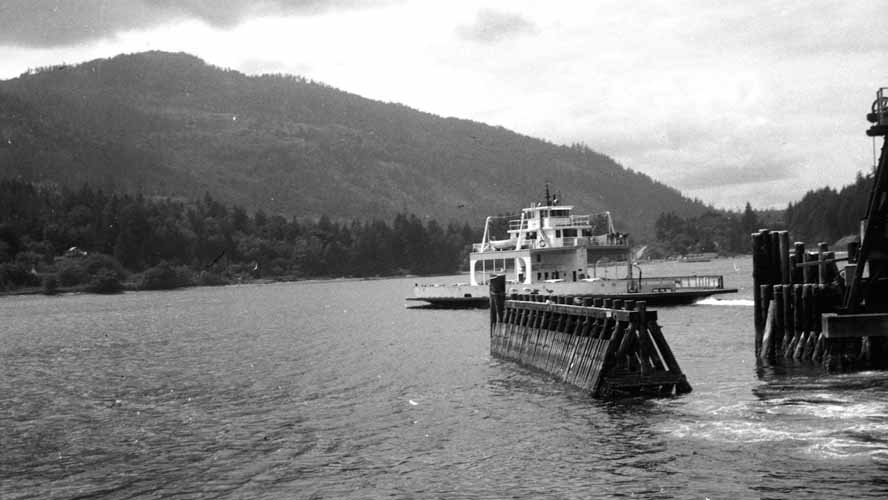 ferries017.jpg
ferries017.jpg
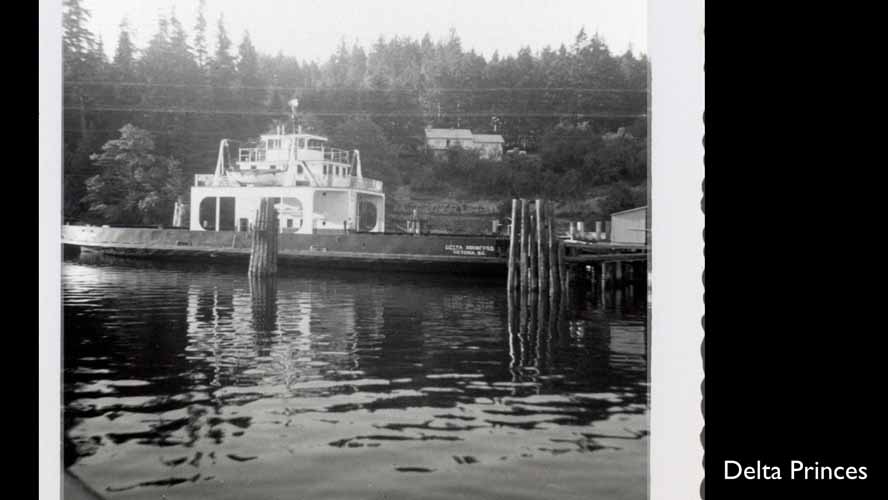 ferries018.jpg
ferries018.jpg
 ferries019.jpg
ferries019.jpg
 ferries020.jpg
ferries020.jpg
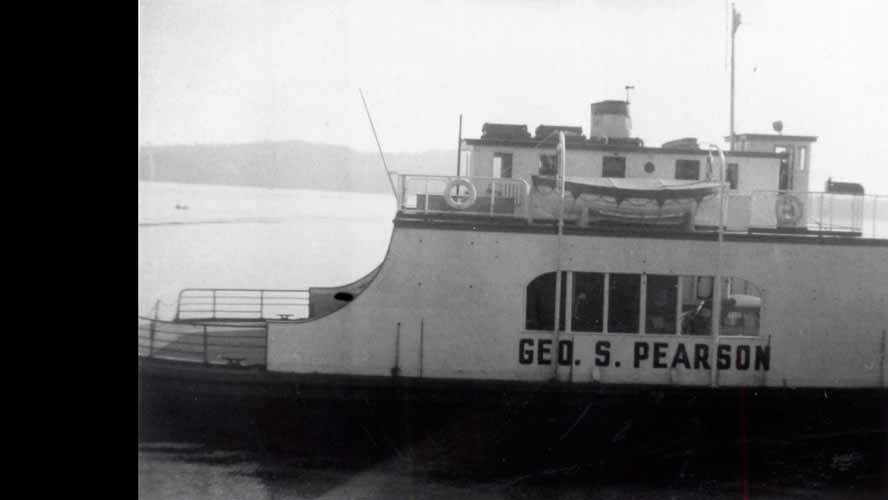 ferries021.jpg
ferries021.jpg
 ferries022.jpg
ferries022.jpg
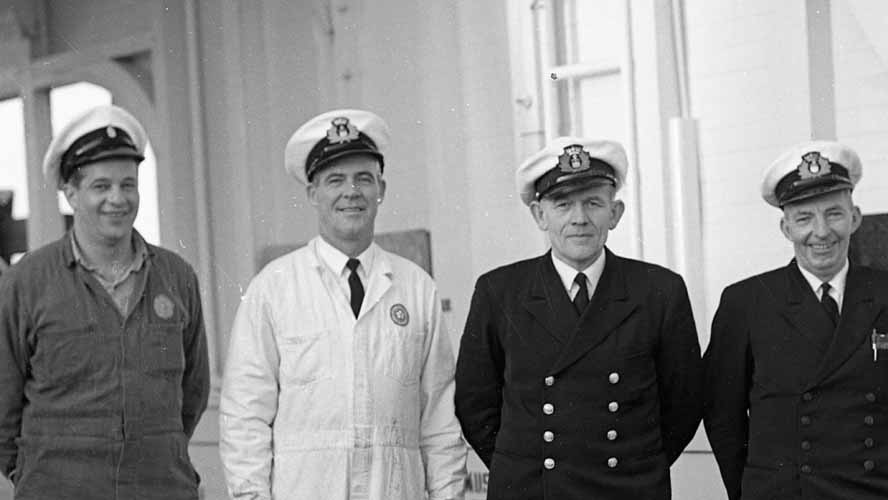 ferries023.jpg
ferries023.jpg
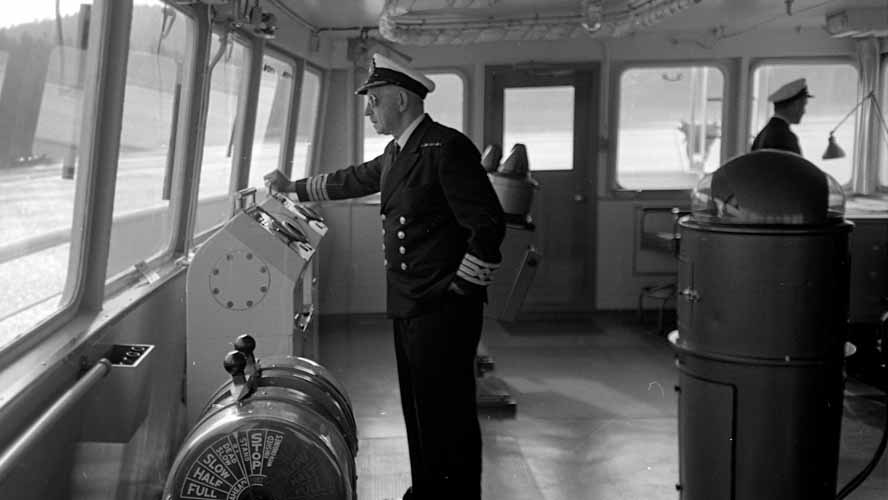 ferries024.jpg
ferries024.jpg
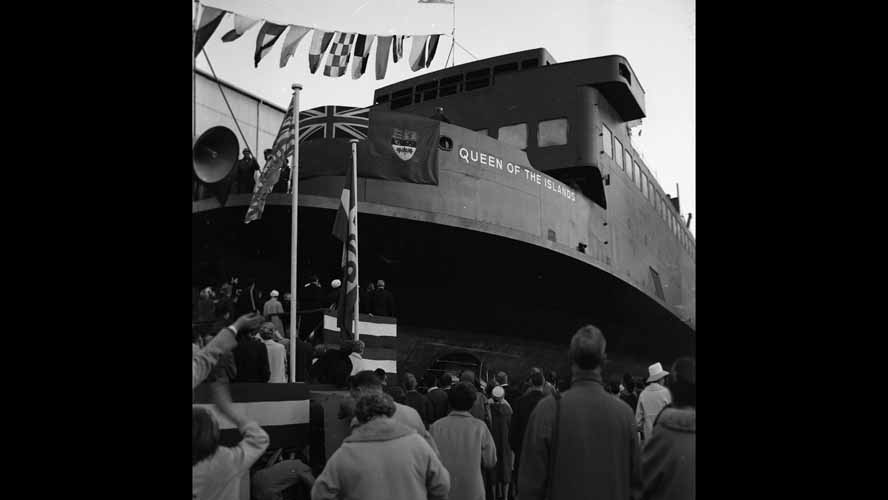 ferries025.jpg
ferries025.jpg
 ferries026.jpg
ferries026.jpg
 ferries027.jpg
ferries027.jpg
 ferries028.jpg
ferries028.jpg
 ferries029.jpg
ferries029.jpg
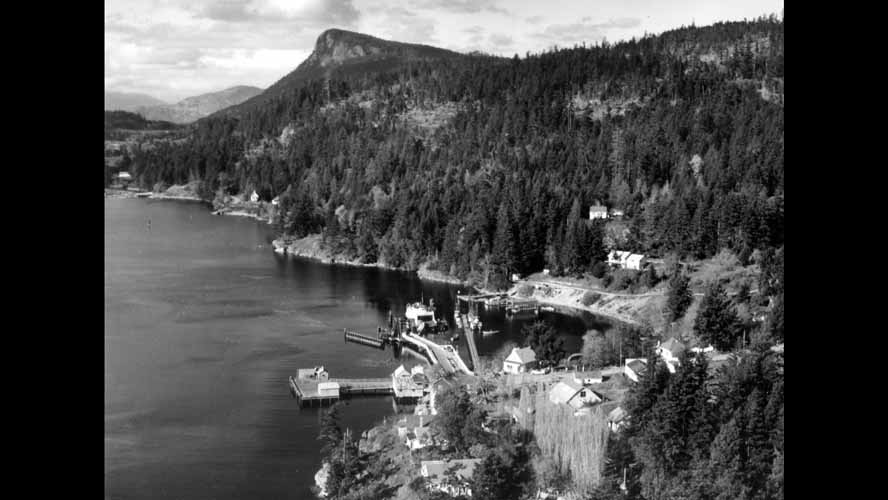 ferries030.jpg
ferries030.jpg
 ferries031.jpg
ferries031.jpg
 ferries032.jpg
ferries032.jpg
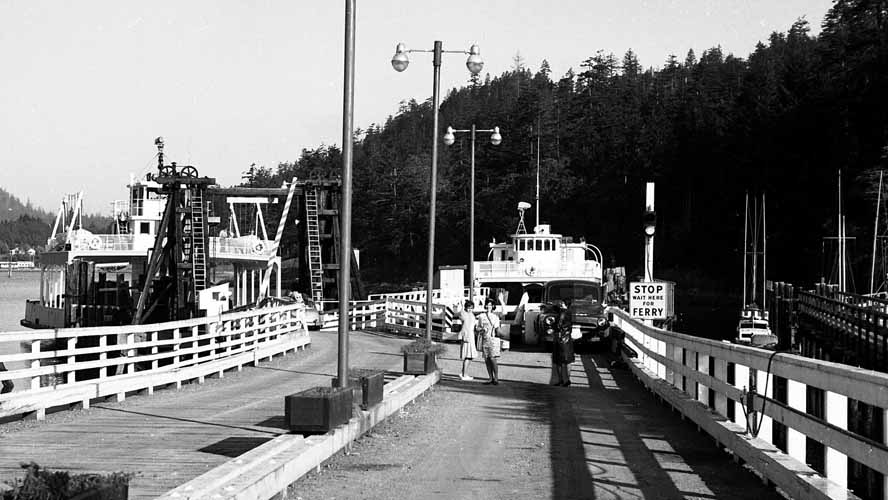 ferries033.jpg
ferries033.jpg
 ferries034.jpg
ferries034.jpg
 ferries035.jpg
ferries035.jpg
 ferries036.jpg
ferries036.jpg
 ferries037.jpg
ferries037.jpg
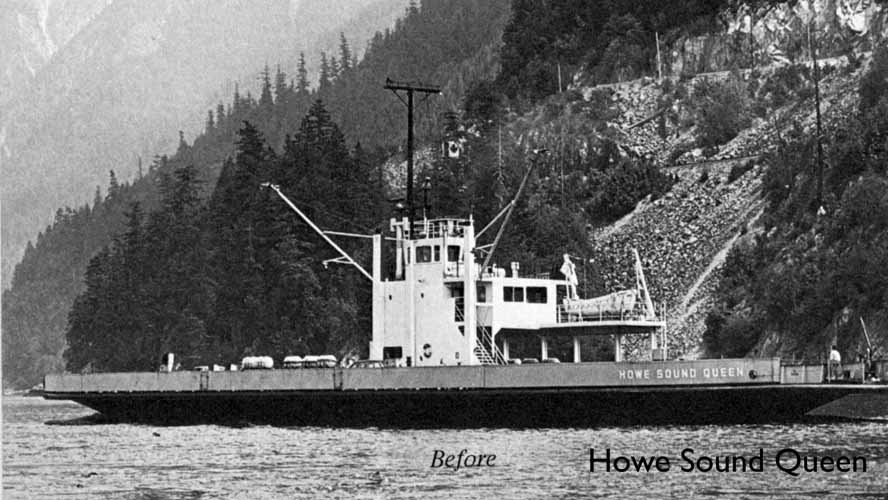 ferries038.jpg
ferries038.jpg
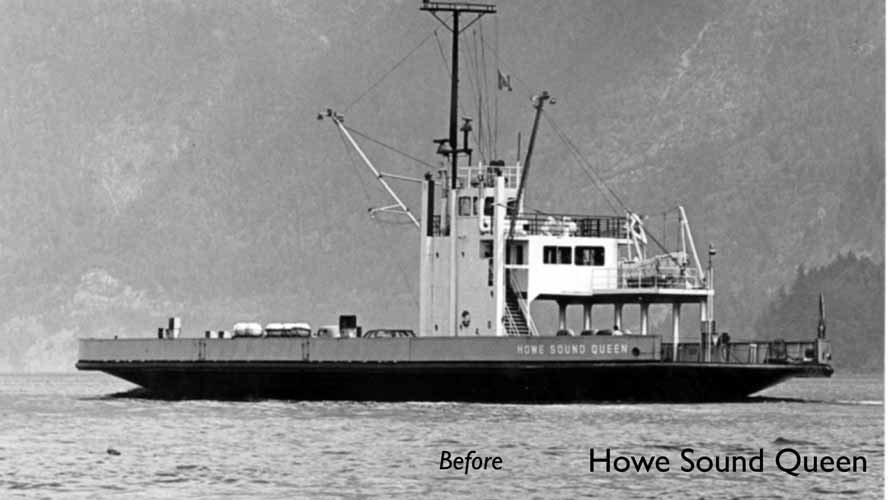 ferries039.jpg
ferries039.jpg
 ferries040.jpg
ferries040.jpg
 ferries041.jpg
ferries041.jpg
 ferries042.jpg
ferries042.jpg
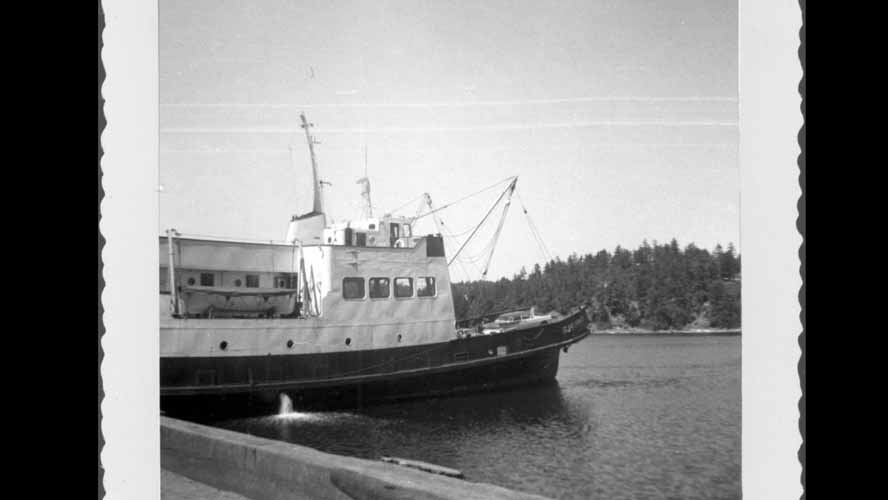 ferries043.jpg
ferries043.jpg
 ferries044.jpg
ferries044.jpg
 ferries045.jpg
ferries045.jpg
 ferries046.jpg
ferries046.jpg
 ferries047.jpg
ferries047.jpg
 ferries048.jpg
ferries048.jpg
 ferries049.jpg
ferries049.jpg
 ferries050.jpg
ferries050.jpg
 ferries051.jpg
ferries051.jpg
 ferries052.jpg
ferries052.jpg
 ferries053.jpg
ferries053.jpg
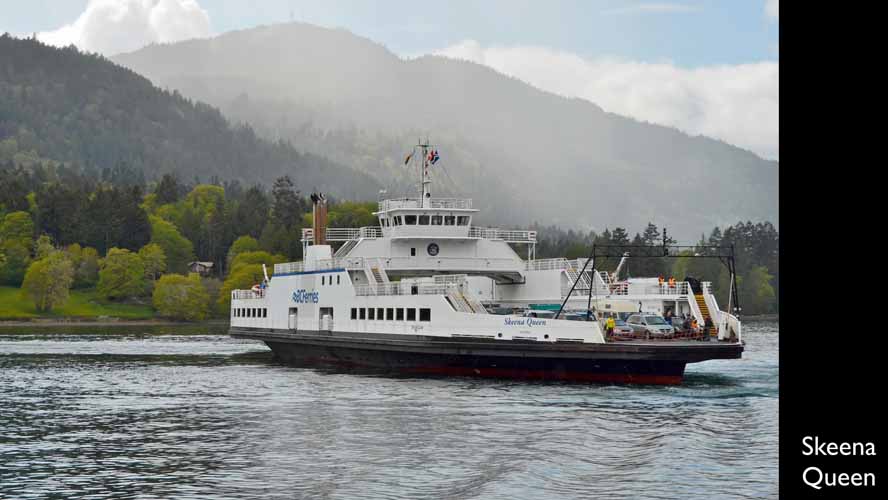 ferries054.jpg
ferries054.jpg
285_Van-Winckel_Salt-Spring-and-BC-Ferries.mp3
otter.ai
19.04.2023
no
Speaker 1 0:00
And anyway, you'd have Frank to say, for me being here, we were chatting one day and he says, Do you have a memory? I don't think I have a memory. But I guess I remembered one or two things more than Frank did. Julian Watson has been quite helpful in helping me put this presentation together. It's it's easy to talk, but it's hard to make a coherent presentation of what's actually going. The history of BC Ferries, and it started I believe it's the BC tolperisone. It goes back to a massive Lane labor strike in 1958. I presume most of you are fairly up to speed. It wound up with ship's crew in jail. It wound up with a huge discussion between the premier of the province and the three separate unions and it was my club that bigger than your club, stick it in your air boss, we're not doing it till we get this. So in the end, the WAC Bennett and the cabinet made a decision having consulted with blackbolt and the CPR coastal fleets that they would get into the ferry business. This culminated in the building of the Sydney this Lawson, the causeway at the Watson terminal. And the ferry terminal at torch Bay, which was immediately adjacent to the old ferry dock that was used by the site back running out of fuel for Carter. I do this and just as a start up, I make this scroll Frank. Spacebar. This is just the representation of almost the current fleet. With BC Ferries. We've come a long way from the two original boats. It's surprising the number of those ships actually were involved in service to Saltspring Island. When I finished my count, there were 20 different ships in bulk and servicing Saltspring island over the years
Speaker 2 2:23
since that year, 19 was was
Speaker 1 2:27
since 1960 with Nike 58 5960 I put this up as the very bottom I don't know if you can see it, but it basically shows four round trips a day from Fulford harbour to substitute his workspace and back. That was it. Except for the two or three sailings a week that came in by the CPR boats, either from Vancouver or the motor princess of the season, or the various numbers of boats out of Victoria. The next one gives you an idea. And I'm sorry, the quality isn't the best. But you can see that there's eight round trips that fall for Carter Swartz Bay. There's eight or nine round trips from D'souza to Croft and there was at least two round trips a day sometimes three as long harder. So even at this point, I can't see if there's a date. You can see the dramatic change over the years. And this is effectively just results Spring Island. One of the problems I had when I started digging into the subject couple of months ago was my goodness me there is not enough time to talk about all ships. So what I've done is with a couple of exceptions and focusing more on the BC Ferries side of things basically dating from when they took over the Gulf Island ferries and I believe the official takeover was September the first of 1961. Having said that, we will go to the first scheduled ferry that carried cars as he routine. You drove on the front you drove off the back you drove on the back who drove off the front. This is called roll on roll off. And this was the first designated ferry that I found for Saltspring Island. This boat site pack that's a good site do that. And the next slide shows you exactly the same boat prior to conversion was converted around 1929 to go on the run in 1930. This is the CPR Island princess. Originally the motorbikes Hold daily, it came up from the states seeing ship triple expansion for those who care, single screw menaker I have dimensions length overall 116 feet a breadth of 25 and apparently drew a sheet of water that looks big in the picture was actually quite small. He can just think back I don't know how to back Oh, I'll show you here as you can see in this slide is basically two lanes one down either side and that this is a cutter to the car deck what became the car deck or the main flotation deck and erected new sides and then put part of the old superstructure on top. When it was before it was BC Ferries that that there was no car.
Unknown Speaker 6:01
It was just with passengers.
Speaker 1 6:02
Yes, yes on the other configuration. This configuration was done. Just prior to it coming into service for Sam Madison's ferry service from Victoria in 1930. There was another shot coming in to Swartz Bay. And here it is leaving the old original ferry dock foolproof Harbor. The work behind the gantry assembly is still in place to this day. Later on it will show how they filled in to create the new holding lanes. And actually what became the third dock and the tower structure the winches that was all taken out. But the actual the start where the ramp was hinged to the shore site actually is still in place. Here we have traffic lined up at the old dock at Swartz Bay. I've had problems because I can't go and pinpoint on a modern map exactly where that dock is. It's been fun trying to find the same shot different. Yep, same shot. And again, now the next boat and this became a BC Ferries which is why I'm spending time on it. This boat was acquired by Gulf Island ferries around 1954. And this is the motor process. And it did supply a Vancouver to Saltspring ferry service along with other forks. And it was the first CPR and I believe the first on the coast designed as a roll on roll off ferry it was not converted. It was not changed. You drove on one end and you drove off the other. And here's a bow on shock. And here it also shows that predating BC Ferries are first of the big three double Enders this also was the first double decker car ferry. That car is coming down from the upper deck. So you drove on it parked cars up top passenger lounges were on the outer edges of the upper car deck. So you were undercover but you looked out your door and you actually were looking at automobiles and then they filled in the bottom in. This is the conversion converted motor princess and then when BC Ferries took over a year or two later it was renamed defender queen and it wound up being detailed to the other Gulf Islands service out of Swartz Bay. One of the problems in the early days was boats were made of wood, wood burns. Around 1949 There was a terrible marine fire in Toronto harbor and in excess of 100 people died in the flames. The fire was down below in the engine room. But the wooden house works because it burned it collapse. And before the people can get off it dumped them down basically into the heart of the fire board of steamship inspectors Canada set and not the fair any wooden passenger vessel and I'm not talking private boats here I'm talking commercial operations. They had to have steel structure so that the upper deck with the passengers could not fall down into the fire. This is why the motor princess was taken off the run by CPR about 1949 because of This regulation and please don't, don't get into a bar that about whether it was November the first of 1949. Some of my days unfortunately a little bit generalized, I haven't been able to find the exact sources. The Night King, I assume 1954 Gulf Islands ferries purchased the motor Princess, they sent it to one of the Victoria shipyards. I believe the chief engineer I sell them under George Croft was hired by Gulf Island first as the superintendent engineer. And his first job was to stand by the conversion of the motor Princess were the cutter at the car deck. But in the steel sides, and then move part of the upper house work back on top of the steel deck on the steel sides. This configuration generally held right through until the boat was sold to Carta and small. And I believe that was around 1979. You see the great thing on the side is back to the name. And the outer islands, a lot of the wards weren't sideloading wars. They did not you could not drive in and honestly you could just struggle with the belt. So what they did was they turned their great angles drove off the side of the boat and up onto the ward. The better Queen and the side pack. And the main point all had this sideloading provision that they're talking about right there. They all had this provision until they finally built the modern dock at the terminal. It was the last sideloading worth going
Speaker 2 11:51
kind of ramp went to the boat. Oh yeah.
Speaker 1 11:54
Yeah, that was there. And the cars. Yep. Now here we have the Saltspring queen, although we can't read it. This ship was originally the dove princess, and it ran from the bottom of number five rode on Richmond or stevenston depending on your reference. And it ran over into the Lennar area, a distance of maybe a quarter of a mile when it was made redundant by the building of the DS Island tunnel somehow Gavin Boyd wound up acquiring it to add to the services so that chip in there I don't know if you can read it but right very thin that is actually dealt with Princess Victoria BC I don't know if it was ever actually purchased by the Gulf Island terrorists I'm assuming some sort of lease arrangement.
Speaker 2 12:59
If they side loaded, they didn't pull in next they
Speaker 1 13:03
usually just open or they just pulled alongside the dock and then some sort of ramp arrangement was put in
Speaker 1 13:17
the next picture shows the two gantries that faltered you kind of got the Saltspring queen or delta princess is sort of split in behind one and I believe the next boat to it is the fender queen with the cars on board and it's pushed in a bit and then on the other end tied off on the outside. You have the queen of the islands and that I believe belongs to that particular ship there. It's not very often you ever saw St. Ferries Fulford Barber. It did happen again in 1979, which we'll get to in a minute. Here we have the last of the predecessors This is the George S Pearson. It was built around 1925 I think
Speaker 1 14:25
is me built in 1925 up till 1942. It was one of the ferry companies in Washington State in 40. It was built as the warship in 42 to 47. They went to another independent ferry company, and from 47 to 55. It wound up as the Olympic ferry companies. And somewhere in there the name was changed to the fox Island. Nike 55 golf on various perch and it started the car carrier That was Silvius runter crop. I couldn't tell you, I'm sorry. You can assume that most of these vessels were in the order of nine to 13 knots and 13 is pretty optimistic. It involves the wave action on the hall
Speaker 1 15:30
I'm just looking for the spec sheet and I've misplaced it. It had a single screw. It was not propulsion was not out of each end, it was just a prop up backwards single screw. And it was built with the Detroit Diesel engine. From the beginning. I did forget to mention that the site pack when it was rebuilt from Island process days. They took the steam plant out and they put in a single, Fairbanks more sentience, so gorgeous person inside spec work single screw passenger ferries, which is very much a rarity. At anytime generally the board is steamship inspectors like twin engines, twin shafts, twin screws, if one broke, you can always get to the dock on the other one little better side view of the Pearson there. And here we have the second vessel and it came around 1966 And that's called the Vesuvius Queen this ferry came with from BC Ferries. It was originally built as the motor vessel Lloyd Jones. It went to Kelowna WestView. It was replaced by the first floating bridge across the lake. They built it in Victoria, they cut the cross the car deck into 10 foot sections proximately 3040 feet long, trained up to Kelowna, unloaded on the beach welded back together, was served up there. When it was replaced and came back down to the coast, the same operation. If you go down into the Caribbean, you can go and look on the car deck. And you can see the two weld lines three inches apart, or the cutter. And one of the things that little anomaly. If you cut out ship Hall, and you weld it back together, you can't cut in the same spot, you have to move over three inches it involves the strength of the steel being affected by the heat. So you can see that that ferry I can't remember what day it actually was taking those service. Probably in the 90s, maybe as late as 2000. It was sold to an outfit that took it the hard way to the Caribbean. The last internet picture of God is about eight years old at that point, it was still floating and it was still being used as some sort of fairy in the Caribbean. The Delta Princess, which is almost a sister ship is not exactly the same. It wound up being sold out about the same time. If you Google the south shore of the Fraser River, and out towards the end of habitation passport, Michelle, you will see a funny looking kind of a doc. And if you look at it, you will realize it looks like the car deck of a ship. And in fact, it is the car deck and the little little vertical house second all this has been taken off. And it's actually a dock tied to the size of the South arm of the Fraser River on the south shore. And you can do the lap you can still see a couple of people, especially tension recognize one person in that picture. That's fairly Sampson, young man Beckham, Chief Engineer at Sony. That should be captain Louis. I'm sorry, I do not know who the mate was. For those who have never had the privilege of a rich trip, this is the bridge of Queen of the islands. Lots of room. The master has his hands on the engine controls. This was the third shift in BC Ferries where the master controlled everything from the wheelhouse and here is the telegraph you can see stop and standby desk also have full. There's a repeater set of those in the engine room where the end yours can respond to telegraph orders. It took a long time for Lord of steamship inspectors to accept that very, very rarely did you ever have a failure of the control system between the master and the engines. The engine could blow up. But we never really had maybe in all the history of BC Ferries, maybe there were two potential control failures. Here we have the launching of the Queen of the islands is not finished, but it's watertight, and off the stocks. Here we have it coming in in its inaugural voyage. Unfortunately, there was a propulsion problem on one side of the machinery. So there was a company but it's actually being pushed into the doctor Ganges for the big celebration July the first 1963.
Speaker 1 21:07
I'm going to fast. Our next picture, I'm sorry, the sequences are a bit but you see there is the old ferry dock which has been widened. So actually the original parts there, this is a secondary section. This would be probably 1972 And you're starting to fill in the base for the new car holding station and a brand new ramp gantry assembly. And this was in anticipation of the bone Queen coming so we went from about a 2530 car ferry to a nominal 50 car ferry at that particular point in time. This is the Vesuvius docks with the Georges Pearson. And pardon me the Pearson was there until 1966. I don't know if I said that it was replaced by the Sofia's queen. It was sold to fish camp. And at that point it drops off the record there is no obvious what happened to it after that point. That is an aerial shot of Fulford and decide pack. Psych pack is at the old dock, which actually isn't there, it was a birthing camp. But the ramp has been taken up against it's been taken out there's a new dock off to the side. The current block that areas filled in the current block would be there scuze me
Speaker 1 22:57
here is a business and at the same time period. And then you can see the Delta princess or the Saltspring Queen tied him
Speaker 1 23:13
here we have the truck. Talk right there can't back up any farther. This there's nothing behind it except water. Now here's the main clean which is it came into Saltspring once or twice. But I put this in just to show the there's a side loading ramp that was used as the turn of the bowling Queen never had that provision. So there were times it couldn't go in. We're stepping back into the past. CPR was getting out of the smaller ports servicing the Gulf Islands running the triangle route between Vancouver Victoria and Seattle. They were starting to back away from Oswald Sparky new sort of the sequences of key chartered the lady rose to prove that he could run a service at a profit from station to the Gulf Islands. And it worked so He then ordered then I went princess to yes it's the same as the old Island princess but it's an entirely different boat. There I believe it's coming into Galliano yet of course also came in to Ganges not to the Saltspring queen. And then here is the middle of boat in a sense in the fleet is the boat queen in its original 50 car configuration. I will have to ask you to imagine They cut the superstructure lifted it off, put it aside the cut the theory and app right there. So you had two ends. They built a 40 foot long new midsection, put all the machinery all the engines and everything else went in. They added two engines because this was a two engine ship. And when they stretch the bow and clean it became orange and ship. It now had a capacity of 70 cars. It was an interesting experiment. There were some budgetary issues. I heard via the grapevine they were talking $15 million to convert all three boats. I believe when the dust settled the bill for the Boeing clean was something like 12 million just to do it. There were a number of engineering issues that came up. As engineers were welding I got introduced to right angled drives. When they added to the length of the ship, they increased its buoyancy, that road higher out of the water. Not a big deal, except that had to use the conventional shaft and propellers. About a third of the propeller would have been out of the water at all times. So the concept of right angled drives, like a Mercruiser sterndrive or a Bulbul, sterndrive, where the power goes in, it drops down at 90 degrees, and then it's 90 degrees at the bottom so that the propeller is now pushing the waterway exposed to this was incorporated on this conversion. So the fellas would be down in deep water. And it was interesting. Some of the engineering they were exploring new fields. And despite what we like to think as engineers, usually we'd need about two or three tries to actually get it right. The first one sort of works, but there are problems and we solve those problems and we create some more. And then we solve the second set of problems. And now we have a functioning system. The right angle Dr. assemblies were prototypical for the west coast of BC, and it was a local company that did actually produce another conversion the house on Queen, which is the current vessel running out of the CVS. That's the way it looked when it came from Quebec. BC Ferries bought two boats, of which the smaller one was the house on Queen I believe it ran across the St. Lawrence River at Quebec City. I'm not I'm not positive I believe. But of course there's not much room upstairs. And we're now on originally on the Bowen Island. So there's the same boat before there is the same boat after we now have passenger lounge. We now have a bit of warrants you're out of the rain. Yes, we have the long stairs and everything else. A few years ago, very city further minor addition. And about that point is a catwalk comes out and then down to the deck on both sides that came into being there was a hard landing. You'll notice you'll notice the length of the stairwell a couple of people fell down that stairwell nobody was killed but there was a broken leg or to another ship that came to Saltspring that was relieving is this little fine piece of marine engineering. Now I'm gonna digress a bit BC Ferries always was in the ferry trade it was kind of a luxury cruise liner operation. This is Ministry of highways. It's a bar. It's a little bit round at the front. sloping up a little bit round at the back. Right in there beside this car. There's an engine room. diagonally opposite up front. There's another one. Again there's two of these little little right angled bribes and not very relieved for the house sound clean for probably four to six weeks and a couple of years back Do you remember exactly when? I wouldn't know for sure. 10 years ago at least. Yeah, but for some reason we like we didn't have a bigger ship. So it 25 cars talks, is replacing the house sound clean, which was closer to 60 cars did work.
Unknown Speaker 30:24
And would it be half the speed?
Unknown Speaker 30:26
No, the speed would be about the same.
Speaker 2 30:29
So they really could still barge cars.
Speaker 1 30:35
Well, you could but when you say barge you're implying being towed by something. And self propelled is that so you you, you don't want to a racing pole. But these boats were built to a minimum budget. There was no carpet inside. There was paint. There was no cladding. There was there was no paneling, hiding all the beams in the ceiling, hiding the wiring. You basically saw the steel and you saw the piping and you saw the wires and that was mentioned before about the lady rose. And there she is. Around 1935 It was the smallest diesel powered vessel to cross the Atlantic Ocean was ordered by union steamship out of Vancouver. They used it it became surplus to their needs. And it was bought by harbor ferries. And this is the boat that Sparky Mossville Sparky knew. This is the boat he charted to prove his service to the Gulf Islands from the mainland. And then he went, of course to the North Island princess. There she is the North Island Princess again, in her original configuration. Again, Oh, pardon me. The lady Rose is the only ship in this whole talk that never actually became part of BC Ferries. It was in runs that were subsidized by BC Ferries, notably Port Alberni out to Banfield and you kill it. But it didn't there, but I put it in. Because the fact that in this time period that we're working on it was still serving Saltspring island as a ferret. There she is, again, the old one. You'll notice the big cranes up top there were parts that went into that they would actually crane that butter were struck might actually pick them up with a crane and drop it on the dock. Rather than driving off the bow or the stern. When BC Ferries took over this ship, I believe in 1969 It was too small, it needed to make it bigger. But you're looking at is the port forward, quarter the whole the starter forward quarter the whole the starboard half quarter the whole report last quarter as a whole. And of course the houseworks has been taken off the event filled in all the gaps that each side and then they put a card deck bridge so effectively became a catamaran. There's a completed boat there. You'll notice that the houseworks is back on but they've added they've added side lengths. So they've added much more trucks or the car carrying capacity to it. It wound up and I believe to this day it is still serving text data Island is where it wound up. Everybody's heard of the I think it's Princess cruise lines. Princess cruise lines wanted the day Island princess. Guess what the seafarers owned it Guess what? Princess cruise line and plate BC Ferries to rename the island Princess, the North Island princess. So they could then use any mild princess for one of their cruise ships. I have no idea. I know money changed hands. Here's just another sort of stern view. Here we have the queen of Nanaimo which is our current vessel, but it looks different. It's 84 feet shorter when In a setting in the Ciloxan were such a success. They immediately move forward and they built seven more ships to generally the same plant. Yes, the cleaner nine was here because it's sort of Saltspring Island. What they did was, I don't know if you can see the cut lines, but there it is the cut line between the two sections. That's the 84 foot section is placed in the middle and then added the housework to it and everything else. Bring us up to there's the finished product. This one is labeled the queen of Burnaby because again, the queen of Burnaby did sail in did relieve it long harbor. So it's like I said, when I started digging my memory and looked at my goodness, we had a lot of fairies for such a quote, small island. There is our queen of Slauson, the city and the Ciloxan never were licensed. They were built to a slightly different plan. To do those last two to make them longer, would have involved a significant outlay of money because they could not use the planet they developed for the other seven ships. Some of us old timers will remember the seashell clean. The seashell Queen replaced the queen of the islands because the traffic to the outer islands and long harbor grew dramatically in the 60s. This fine little boat is called the fixative queen. It was renamed by highways man it's now the paycheck and the paycheck was used by BC Ferries 1979 When they stretch the bone, the main and the power of her queen. We actually had a situation of Fulford where we had three ferries take care, and Saltspring queen, pardon me the Vesuvius Queen and the Pender queen, all taking traffic from Fulford to Swartz Bay. Because the bone had gone away, the queen of the islands used to release at full fruit in later years. It wasn't available because it was replacing the main queen, we actually wound up with a tall river Queen and the main Queen being converted at the same time. That was not the original plan. Unfortunately, that's the way it came about. The mighty Skeena claim in all its glory. A very, really a very well executed design. Very economical in design. It again is the more the Department of Highways method of supplying in sparking regular stuff, as opposed to the plush the carpeting and everything else. Yeah, the lounges aren't as nice as being upstairs on the Boeing queen. Yes, it's a little bit noisier because you are a bit closer to the end. They did have some main engine problems with a ship they wound up in the end, but for completely different engines and thereby solving that problem. And actually, I'm not positive. Murph, you are in the middle of this. Did Mitsubishi ever wind up giving us a deal on those four new engines? There was some significant
Unknown Speaker 38:54
Yeah, when they went to the inline sexes and there we have a state of cleaning. And that's the end of the pictures. There is some sidelights in history there were some interesting management challenges and changes. Management started in 1961 at Swartz Bay now after they took over the Gulf Island ferries and I don't really exactly but at some point,
Speaker 1 39:35
local management moved to the long harbor terminal under Captain mod and he went ashore. He was the onsite manager of the system. When he retired captain Bob Edgar pardon me, not Captain Bob Madison so Colbert, he actually wound up coming from the having a blonde moment that big bricks in Vancouver that goes to the British properties. First now Lions Gate Bridge, he was actually a toll taker on the Lions Gate Bridge. And the both the time as I understand it, and both the time that mod retired, he was looking for a job. So we actually bumped through the BCD. BC Ferries with always going back to the 1800s. Everything you do on a boat is governed by the board of steamship inspectors. This is now under mostly the ministry, the Ministry of Transport, tied in with Coast Guard, not Coast Guard, saving people's lives with Coast Guard, ship safety and regulatory. Every year, you have to renew your safety certificate. Government comes on board and they make sure that the lifeboats don't sink that all the life jackets are there. They're not soggy and full of water full of rock or anything like that. And a lot of our time is spent on onboard ship actually looking after that, and there can be a significant cost included. It's kind of hard to understand when you're sitting there like why isn't the blank blank, blank boat back? Well, we found that there was a kind of a thin plate in the hall. And it takes about three weeks to cut it out and put a piece in. And then especially in the hall, you can't just start a welding and yeah, that's it. No, you start getting X ray machines out and everything else to make sure that in fact, the welds are solid all the way through. The machine is torn down every four or five years, whether it's working fine, but it's all taken apart just to find out why it's still working. And then of course, all the wearing parts are changed, the piston rings have changed, the bearings have changed, the seals are changed. So there's a number of issues that are not quite apparent. The started off as a toll fairy authority. It became a Crown Corporation, back about 1975 76. Because I started with fairies and 75 we were still told fairy authority. And all of a sudden we're a Crown Corporation. And everything changed. And we had to develop our own management system. We couldn't we couldn't use the government payroll system. We couldn't use the secretarial set everything had to be created from scratch. Then we went to a private company. This is when Mr. de Pon came in charge. From the outside of management looking in as the Senior Chief Engineer all it did was it added about $30 million to BC Ferries loss statement because now we did not get to claim GST exemptions. We were not a government theory service anymore. Your government service you don't pay GST. So when you look at the bottom lines, I believe our budget is in the order of 300 to 350 million a year. That was a very significant change to BC Ferries budget. Why? Because we never saw where we saved money. But one of the things that they and this and always impact Saltspring because Saltspring is using all this money and not giving us adequate cash returns on the fares. It's always a quote money losing system
Speaker 1 43:45
but a little final note, again involving rates in British Columbia, it always has been traditionally the saltwater ferries, the saltwater boats going from A to B was generally a user hate system. There were some major minor subsidies came in and going back to 1930 when the Gulf Island ferry system understand that since starter, there actually was a provincial subsidy arrange Colonel Cyrus pack member of parliament or pardon me member of the Legislative Assembly. He actually did arrange a subsidy for maximum. That subsidy was continued when Gavin mullet and his shareholders took over the system. There were some subsidies for the small periods of North inland it's always been free. You never paid really never paid a very fair inlet and that's just district
Speaker 1 44:55
motor vessel credit some also relieved Fulford he was there for one year. There are a few amusing anecdotes. When the cadets first came, they carried more cars in the queen of the islands. It was cheaper to run it needed three less crew members. And it wasn't being used by the highways department at that time. It looks like ooh made in the shade we're going to break even on this one says BC Ferries management. What we didn't realize was that all the highway series, then when Hornby Gabriola status islands the configuration of the bow of the boat and the configuration of the way walls and the ramps are different from BC Ferries there is our shorter and wider so we went into Swartz Bay was aboard this this an oiler thank goodness wasn't in a position of responsibility. And we loaded up our 55 cars for the last sailing and we went to full for harbor and we pulled into Fulford harbour is a good thing. There are no trucks onboard. And I will never repeat this in front of a lawyer. But basically it was unloaded on the apron cables. The apron, the actual solid portion of the apron. So about that much about audible. And again it was because it couldn't go into the dark far enough. It just, you know these things happened. There was a great frantic flurry of activity it went away the cleaning house came back for a couple of weeks. What they did was they put three foot extensions on each end of the clinics and it worked and now everything was safe. So it went away. Well then of course the highways use that later on to relief. It didn't fit their docks because it stuck three feet farther out. So they cut one off and it's sort of worked for them and it worked for us because the docks its workspace are slightly wider than the docks at Fulford so we were safe and we had the extension that the Fulford harbour had and so we were okay so now we fast forward that the criticism for some reason was available. So let's use it because it's a 70 car ferry it's like a direct replacement for the bone clean Lynch's and I came down to work and I looked up the Connexus coming back to this gentleman and dress like that kind of announces. No that's the quinson. Oh, not neither gave up not we're doing stuff. So the guy says, I said to Jim I says well did you well the extensions on the car deck? No, we checked our dock plans and we don't need them and it came into full for Harbor that much of the extra docks so it went away. They actually found the piece they cut off and they welded it on the end. A couple of personal notes. I started with BC Ferries as 1975 in the fall, I was frost watch boiler casual list for just under two years. permanently employed. September 77th. I was off the Swartz Bay of Nala ferry worker in about 1980 I did some studying I wrote my first set of exams for fourth class with David of competency as a marine engineer. Now I can be what then we call the junior engineer. A couple of years later, I looked at my time and I looked at the rates and BC Ferries we have always been chronically short on second class citizens. And just the way our boats work. We needed lots. The Highways, ferries had less horsepower, so they could get away with third class certificates. So a few of us looked at our stuff and we looked at our seat time and we could write third class certificates. And guess what all of a sudden, I'm not a junior engineer. Now I'm gonna be relieving chief engineer more money. So we did it. Then we went to the second class certificate and I completed that in 1985. I completed my first class certificate in 1992. And I actually ended my career as the administrative Senior Chief Engineer standing watch still at long Harbor on the plane and it was an interesting career. Yes, yes, your Brexit management Sometimes I bought a couple of books way back and started reading history. It's the ferries and all of a sudden I realized, wait a minute, I worked on that boat. This is not right. And that actually started precipitating in a history of the fairies. And as I said before Frank and I were talking one night and he says, You should do this talk. That's why I'm here. It's been an interesting career is that obstruction itself? My first day as Chief Engineer we left Fulford harbour with four main engines. We got to Swartz Bay an hour and a half later, hadn't made one round trip and I was down to two. And now there's lots of conversation between meassure with the superintendent engineer and trying to get things running. I did not succeed that student MacLennan Bless his heart came on board that afternoon. He didn't try and fix the problem. He got the boat running and it was a very very large objective lesson for me. I was so used to stopping and fixing things nope yet keep the boat running. And it took a forklift length of rope and not very sick. My other interesting experience with BC Ferries first day salvas chief engineer large vessel at one Carver it was a howling southeastern McGill we found our way across like was good. We went back to main island discharge took some traffic pounded our way back across. This would be a Friday morning. We did a second run pounded our way back over to Swanson and we went to go into dock and the bow propeller didn't start without propeller shoves about left or right. In this case, it was diesel powered exhaust was underneath the car deck. In my inexperience or forgetfulness, I forgot to send somebody up to make sure that the muffler or the silencer, or the caterpillar in the bow has a drain on it. Because if water gets shoved up the exhaust pipe, it drains out into the bilge before it gets to the end, and then I forgot make sure that that valve is open. So now I'm holding my superintendent engineer saying we filled the bow crop up full of saltwater. And I don't know how it worked this way. But I'm thankful to God that instead of getting what I figured between a two week and a 30 day holiday without pay for the DOM, the superintendent came up to me on the phone and says, oh my goodness, we were going to well that flatiron refits and we forgot. So there is a God again. There was an interesting career. And it did spark my interest in history. I will continue to talk about fairies in the future. It'll take a while because now it's getting really hard to find the information that to some of the boats that sailed in the 1860s. I am done. Thank you very much for being listening.
Speaker 3 53:37
Board y'all. So what do you know about the courts has sailed there when it started?
Speaker 1 53:46
No. I will probably get there at some point in time. It was it was a ministry of highways ferry or Department of Highways ferries. It had no connections with DC ferries until 1986 Maybe five decades younger. They were building the coast Kahala highway. The province needed money. BC Ferries had some slush funds in the bank. BC Ferries paid just under $60 million to take over the saltwater highway series. It's added another 25 to $30 million a year to our operating deficit. But then a friend of mine showed me this and I think it's called the provincial accounts. You can see where the money came from BC Ferries and went to the highways department to finish the coat without the most things you know there. There it is. Yes, so let's see where are the best various merge. I think they're in Dubai, but I'm not sure. I'm not sure either. Yeah, it's they weren't crazy wherever there was a stock they were in North Vancouver. They weren't properly looked after. Unfortunately, Mr. De Barra and his advisors ignored the two year study that BC Ferries senior management did on whether fatcats would work for BC Ferries or not. I was at departure Bay at the time they were an operation I was told there was at $5 a space to carry cars from Portia Bates departure Bay and back. And at that point, we're charging $46 for space. And that $85 The space was based on a full ship, not a partial load. I know that they they were shuttled by heavy lift deep sea ships that were picked up in around the corner from North Vancouver. Starting up in in our I think it's deep called. They were picked up and they went, I believe, for the Near East. And that was the end of that. And we lost a billion dollars. Anybody else? Yes?
Speaker 3 56:14
Do you know the name of the theory that I used to go from Vancouver? To Nanaimo?
Unknown Speaker 56:23
In the 60s
Unknown Speaker 56:29
That
Speaker 1 56:37
was a CPR boat. The Princess Mary was was gotten rid of a 1952 and it used to serve the other bellflower. Princess. Sorry.
Speaker 1 57:00
I have no knowledge of of such a run. I'm not saying it didn't exist. I just I have no knowledge. That's interesting. Yes, sir. What do you think of the new boats coming from Holden? I'm a retired ferry person. I do get some very passes from the company. And recognition is my long service. One should stop and think about expressing opinions on what the senior management has come up with. I don't personally going to the natural gas propulsion. There are advantages to it. But there are a number of disadvantages, one of which is regulatory. There are no rules state from the board of steamship inspectors, they have no rules governing that other than thou shalt not. And this goes back to we're going to run the fleet of Alberni the truck period with a double ended truck ferry. And we're going to run it on natural gas. So there's going to be compressed, not liquefied. And all of a sudden, the then Big Boss superintended engineer, was talking in casual conversation with steamship. And they said, Well, you can do anything you want. You know, you won't be carrying passengers watch. And we'd already bought the cylinder heads in the plumbing and everything else for the main engines $26,000 of crack times 24 plus ancillary equipment. But apparently that is changing. But the latest word I've heard, scuttled by in a sense is that actually there are no codified rules on doing this in Canada on passenger. There is talk, they're going to put the little short cars underneath the card. That is not a new concept. Very few Prince Edward Island has been doing that since way before 1998 1999. When I was on it, they'd already we're putting them down below. They are building up in Poland because the cost of AC versus lessons on them in Canada. I'm not. I'm not really I don't really have the accounting ability to talk about taxation and keeping people working and whether that's a good thing or a bad thing. The Washington marine group has the ability to build them they did not build those various because they're way too busy with the federal government and they're they're massive Navy rebuilding programs and even though they're on support vessels are not there when destroyers there's way more money than that, then there is building a couple of ferries. steamship inspections will probably make sure that they're safe. But whether they will be a moneymaker or money loser for the fairies, I honestly can't comment. Anybody else on the cable fairy, I went look at it, it's working. It has a total of four crew members on board instead of eight or nine. It has about 700 installed horsepower instead of 1400. And the engines you can assume since the connection is built and 71 and it was built a year ago, you can assume that the engines are much more economical. pounds or kilograms of fuel burn for horsepower develop. So at the moment, it looks when when three years down the road when they're starting to look at the cables and the cost of replacing the cables, etc, etc. We will find out. But based on the our lakes experience, so far, it does cut back on employment. One of the interesting things is I did a survey on the clinics a few years back just after retirement, I was looking for holes in fire protection. There are fire bulkheads in all the fairies. And you have to have holes in them through wires and pipes to go through. And there are very specific rules I was making. Sure, Ken in fact, none of those rules have been broken. At that point in time 90% of the ferry crew on the kanessa appeared to live in court. It did not live on Denman island. So from a local hiring standpoint, I don't think there was much by but they did lose jobs in the internet province, they lost jobs when necessary women could ever be considered for the destruction? I could be considered. But I think from a practical standpoint, I don't think that it would be an economically justified decision. Again, I'm an operating engineer. I'm not a design engineer. But saltwater, cable steel does rust no matter how you protect it, the individual wires in the cable will work, the coatings will break away. You can get into some pretty expensive testing just to make sure that in fact, the inside of the cable is not all right note you're looking at this beautiful Painted outsides cord and there's only 10% of the cable left. It's actually doing the work. So there are there are a number of issues. Yes, in the back.
Unknown Speaker 1:03:16
That used to go across from Trump Vancouver to your restaurant later. Yes.
Speaker 1 1:03:28
I did CPR. No, no, it wasn't CPR. I think it was North van ferry company. And it was also west than ferry company. But I'm not I've got some knowledge in my mind, and what did I read about that? There were I think there were five or six actual ferries. It wasn't just one. There were five or six. One of the you chuck boats, which I think has now been scrapped. It was actually Westman ferry number six. It wound up running school children between Sun Tula and Alert Bay and port McNeill as a passenger ferry before the highways put a car theory on that run. And then it from that point it went to being one of the UHF boats, and I believe it was scrapped when I believe they bought the Fairmont but that's the moment that's all I can give you